Three-story village 22m deep underground
Deep beneath the dark earth, hidden from screeching bombers and harboring desperate soldiers, the people of Vinh Linh, Quang Tri lived for many years in the now famous Vinh Moc Tunnel. They survived, and even prospered, in their makeshift underground community.
During that time, 17 children were born in the tunnels, each of whose lives was a testament to just how perfect the complex network of caves and warrens were at protecting those forces within. As time goes by, it has become both a historical evidence and a tourist destination for discovering a heroic period of Vietnam’s history.
The Vinh Moc tunnel system includes more than 60 tunnels such as Tan My, Mu Giai, Tan Ly, among which Vinh Moc is the most solid and firm village tunnel, with 3 floors and round staircase, still remaining as in past days.
The tunnel soil is dense clay, allowing easy hand digging of the tunnels. Air caused the clay to harden, making the walls extremely strong. The tunnel network's total length is nearly 2 km, structured into three floors with the first 13 m beneath the ground, the second 15 m, and the third, 23 m.
The village tunnel was built in over two years and required approximately 6,000 cubic meters of earth to be dug out. The main inner axis is 2,034m long, 1-1.2m wide, and 1.5-4.1m high. The two side cliffs are moulded into small temporary houses every 3m.
The tunnel center has a 150 seat hall, clinics and maternity place. It is linked to the sea by seven exits, which also function as ventilators, and to a nearby hill by another six.
The Vinh Moc tunnel complex was built to shelter the people of Son Trung and Son Ha communes in Vinh Linh district of Quang Tri Province. It was constructed in several stages, beginning in 1966 and coming into use until 1971.
The complex grew to consist of wells, kitchens, rooms for each family and clinics. Around 60 families lived in the tunnels; as many as 17 children were born inside the tunnels as well. Finally, the tunnels were a success and no villagers lost their lives thanks to them. The only direct hit was from a bomb that failed to explode, and the resulting hole was used as a ventilation shaft.
After the war, it became a famous tourist site.
 |
 |
 |
 |
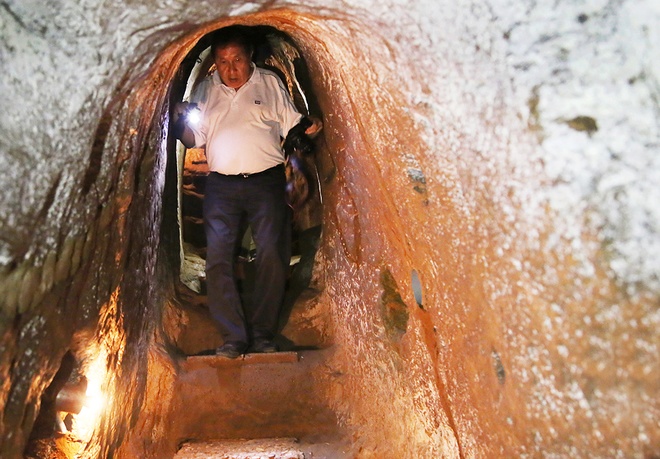 |
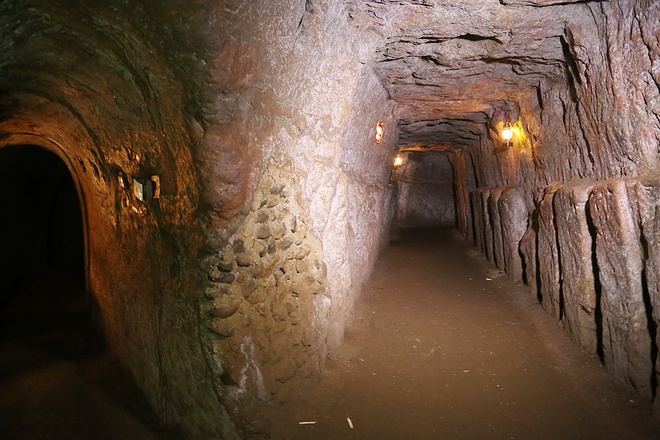 |
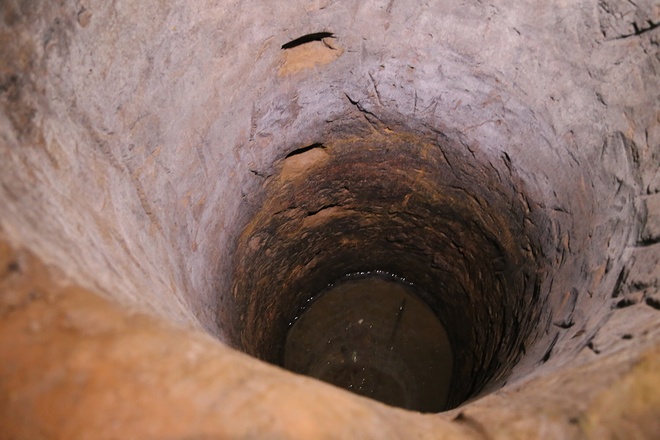 |
 |
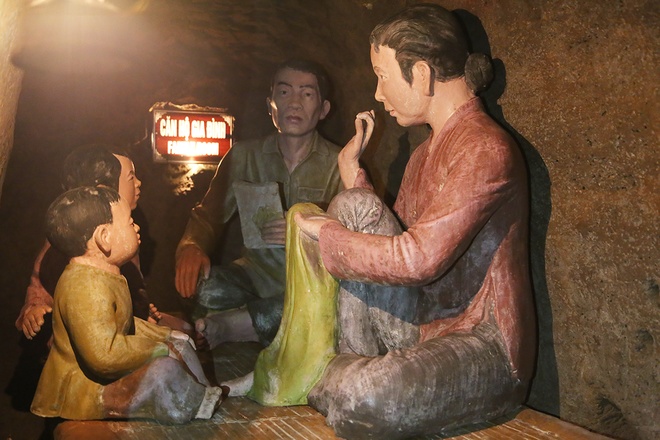 |
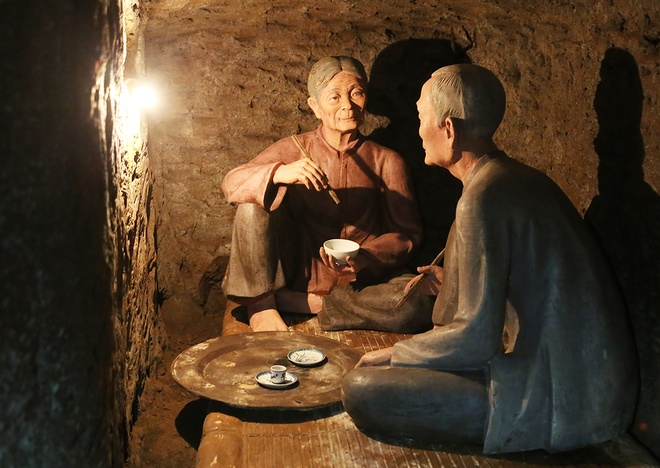 |
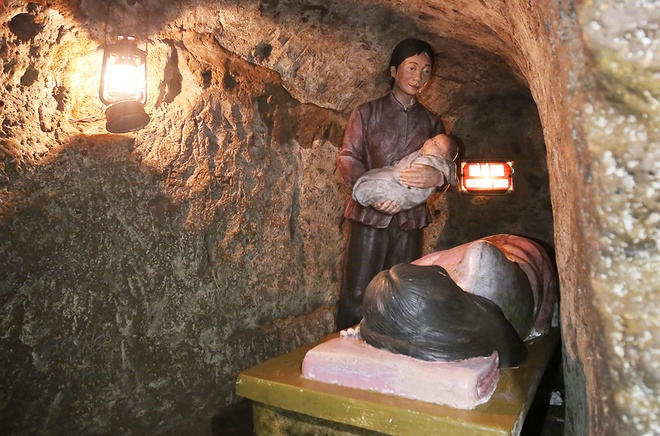 |
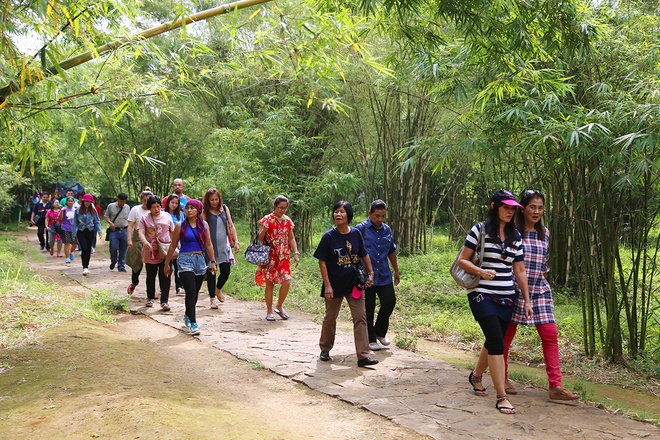 |
What the stars mean:
★ Poor ★ ★ Promising ★★★ Good ★★★★ Very good ★★★★★ Exceptional
Latest News
More News
- The destinations powering Vietnam’s festive season travel demand (December 04, 2025 | 18:33)
- Vietnam named among the world’s most exciting winter destinations (December 04, 2025 | 15:10)
- Phu Tho emerges as northern Vietnam’s new tourism hub (December 01, 2025 | 17:00)
- Vietjet completes Airbus A320/A321 updates ahead of deadline (December 01, 2025 | 09:49)
- Vietjet resumes Con Dao flights from early December (November 28, 2025 | 15:24)
- Free tickets, Lunar New Year promotions on offer at Vietjet Mega Livestream (November 26, 2025 | 15:32)
- Scandinavian Airlines and Vietnam Airlines broaden agreement with new routes (November 25, 2025 | 17:04)
- Halong Cruise Port welcomes over 3,100 international visitors (November 12, 2025 | 18:06)
- Vietnam.travel climbs to second place in Southeast Asia website rankings (November 12, 2025 | 18:01)
- Cat Ba named among Southeast Asia’s top island adventures (November 11, 2025 | 18:09)

















 Mobile Version
Mobile Version